World Culture Activity Video: Portuguese Cork Boats
Engineer boats out of cork!
Activity best for children age 3 and up
At San Diego Children’s Discovery Museum we love learning about new cultures from around the world and today we are going to explore Portugal as part of our Roots series. Portugal is on the continent of Europe and is the western most point of Europe. Most of Portugal borders the Atlantic Ocean and this connection with the ocean plays a very important part in the history and culture of Portugal.
A long time ago, before there were airplanes to fly around the world, large wooden ships were the way to explore the globe. Very little was known about what lay past the horizon of the Atlantic Ocean. Being so close to the open ocean, Portugal became a center for exploring the sea and the Earth. Portuguese explorers, like Vasco de Gama, set off in ships to find an ocean route to India and Ferdinand Magellan was the first European explorer to sail around the world. Can you imagine being an explorer going off to places that took months, even years, to reach?
Portugal also has an important cork industry. Cork trees grow in the mild climate of Portugal and corks for bottles are made from the bark of these trees. We are going to combine Portugal’s important connection with the ocean and its cork to make our own ships that can take our imaginations on wondrous journeys around the world. Put on your engineering hats and let’s build some boats!
Materials You’ll Need:
Corks
Rubber bands
Coffee stirrers or popsicle sticks
Paper
Scissors
Large container with water
Directions
STEP 1
Have a grownup help you collect the materials.
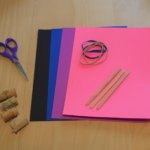
STEP 2
Take 3 corks and wrap 2 rubber bands around them. Have a grown-up use scissors to make a slit in the middle cork so that the wooden stick can stand up on the cork.
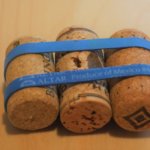
STEP 3
Take the stick and put it into the middle cork. This will be your mast.
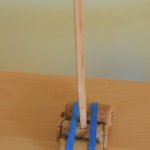
STEP 4
Cut out some sails from paper. Make 2 small holes, one near the top of the paper and one near the bottom. This is so that the sail can slide over the mast stick.
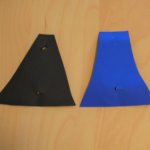
STEP 5
Fill up a container with water and float your boats. Happy Sailing!
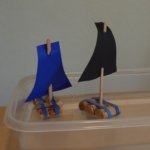
Share your cork boats with us on Instagram by tagging @sdcdm320!
Questions about this activity? Email education@sdcdm.org

